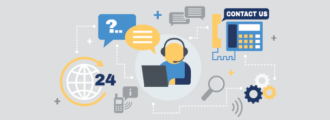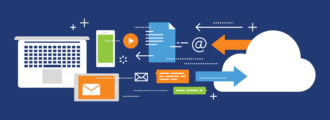Benefits of Automating JD Edwards Accounts Payable
There are a number of benefits to automating AP, including:
- streamlined procure-to-pay operations (which might help you meet early payment terms and avoid late payment fees);
- lowered costs, since there’s no need to store or transport paper records (or pay to have lost records found or replaced);
- improved compliance and audits, as rule-based workflows can help you avoid instances of fraud while electronic invoices can be easily and securely stored;
- and increased efficiency, as automation takes over the labor-intensive and time-consuming mundane work.
What to Keep in Mind
While JD Edwards Accounts Payable automation will give your company a competitive edge, the upgrading process also offers opportunities to make mistakes (or less-than-ideal choices). Here’s some advice on potholes to avoid on the road to automated AP success.
First, make sure to document the whole process and take advantage of custom reporting to support data integrity. Next, make sure that you always use the interoperability functions to maintain data integrity and compliance. (Converting your transactional data directly into the application tables is a Bad Idea.) Finally, it’s important that you ensure file structures are compatible when using some of the automation capabilities of internal or external interface solutions. (Also, make sure that audit controls are part of the interfaces.)
These were just a few of the tips, tricks, and best practices that will help you better understand JD Edwards Accounts Payable automation. You can find more of them in our ebook: JD Edwards Financials 101. It’s bursting at the seams with great information, ranging from how to organize your Chart of Accounts to hot tips for mastering the Job Cost application, not to mention even more info on what you need to know when automating Accounts Payable.
In need of more specific information? We also have an extensive network of JD Edwards Financials consultants that can help.



